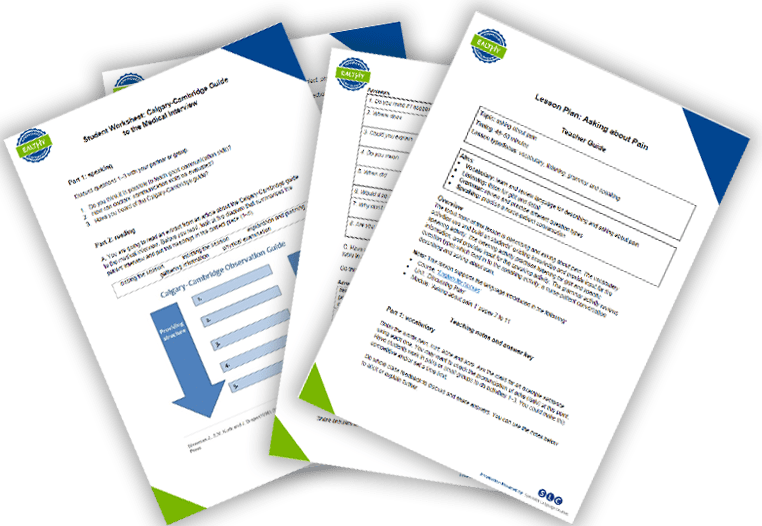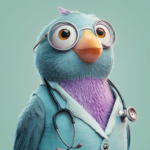
SLC win Ufi grant to develop AI language learning app for social carers
We’re delighted to have won a grant from Ufi VocTech Trust to develop an AI-driven technology solution that provides cheap phone-based language and communication skills

This lesson teaches the language used when working on a ward in a hospital. It includes speaking, vocabulary, pronunciation, reading and grammar activities.
B1 level
● Topic: working on a ward
● Timing: 30–50 minutes
● Lesson Type/Focus: speaking, vocabulary, reading, grammar
● Speaking: discuss and review language to describe people, places and things on a ward
● Vocabulary: learn and review language to describe people, places and things on a ward, practise word stress
● Reading: read for specific information
● Grammar: practise using reflexive and non-reflexive verb forms
The focus of this lesson is people, places and things on a ward. The speaking activity introduces the topic and activates students’ existing knowledge. The vocabulary activities review the topic language and look at word stress and pronunciation. The reading activities contextualise some of this language and practise reading for specific information. The grammar activity reviews reflexive verb forms.
Note: This lesson supports the language introduced in the following:
Put students into pairs or small groups and ask them to discuss questions 1–3 on the student worksheet. Encourage them to share examples from their own experience.
Do whole class feedback to discuss and share answers. Encourage students to share their experiences of the wards and departments they have worked on and which they found most/least interesting/rewarding. If they haven’t worked on a ward yet, encourage them to think about which wards they would like to work on.
A&E/casualty, cardiology, children’s ward/paediatrics, ENT, gynaecology, maternity, oncology, renal unit/nephrology.
Note: if a ward or unit is known by more than one name, elicit or provide the alternative name.
doctors (consultant, registrar, junior doctor/house officer)
nurses (nurse manager, charge nurse/sister, staff nurse)
allied healthcare professionals (physiotherapist, occupational therapist, paramedic)
support staff (porter, cleaner, receptionist).
beginning: change clothes, perform hand hygiene, check supplies
end: tidy/clean, check IV bags, complete shift report
Download the complete lesson plan and student worksheet:

We have many more available on our partner’s website. EALTHY is a unique international association for
English for Healthcare teachers, writers and researchers. It offers members a growing bank of lesson plans, OET resources, articles and research summaries, as well as free and discounted access to conferences, journals, publications and SLC courses!
Through our partnership, we publish at least three new plans in the EALTHY Members Area every week. So, if you’re a teacher looking for excellent resources, now is the time to join an international English for Healthcare community and take advantage of everything EALTHY has to offer.
Annual memberships are available for teachers and for institutions. We hope very much to see you there!
Get your monthly updates and latest materials on Medical English

We’re delighted to have won a grant from Ufi VocTech Trust to develop an AI-driven technology solution that provides cheap phone-based language and communication skills

We’re delighted to announce a partnership with leading Medical English app, Doxa.
